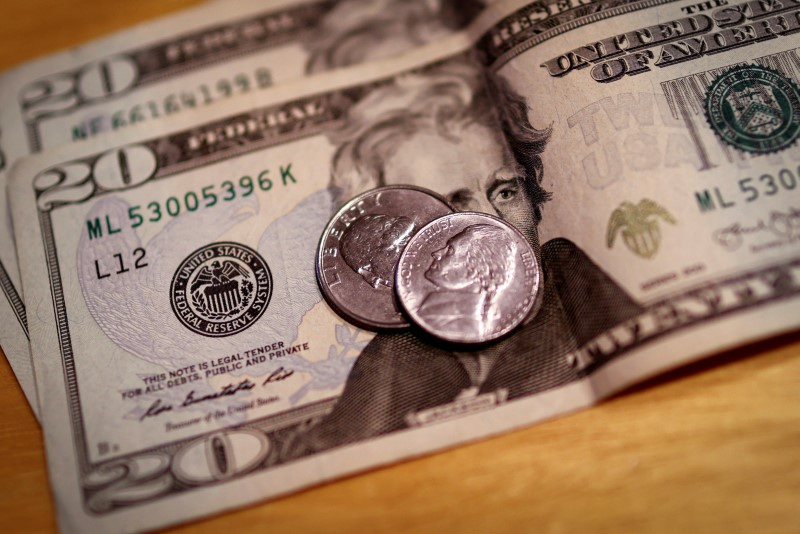By David Randall
NEW YORK (Reuters) - U.S. fixed income and international equities could benefit from quarter-end rebalancing as pension funds square their books after a brutal three months for most asset classes, according to estimates from several Wall Street banks.
Overall, Credit Suisse expects pension funds to buy $30 billion worth of developed market equities and another $15 billion in emerging markets while trimming U.S. large-cap consumer discretionary stocks.
"September has been rough on most asset classes, but on a relative basis, the US has fared better than its international peers," analysts at the firm wrote in a Thursday report.
Wells Fargo (NYSE:WFC), meanwhile, expects pensions to move $10 billion into U.S. fixed income as the group's mean funded ratio - a projection of the gap between a fund's assets and its future liabilities - rises to 107%, near its peak for the year.
Wall Street pays close attention to quarter-end moves by pension funds given their potential outsized market influence. Overall, U.S. state and local pension funds have $5.12 trillion in assets under management, according to data from the Federal Reserve, and often rebalance each quarter to maintain consistent asset allocations.
This year's market swings have presented a challenge to asset managers looking to square their portfolios against a benchmark or return to their long-maintained allocation of stocks versus bonds. The S&P 500 is down 4.6% in the third quarter and has lost 24.2% year to date, while the U.S. bond market - as measured by the $80.3 billion Vanguard Total Bond Market Index fund - is down 3% over the quarter and 14% for the year.

The twin declines in U.S. stocks and bonds this quarter will dampen the overall market effect of investor rebalancing compared to prior periods given that allocations are likely stable, said Marko Kolanovic, chief global market strategist at JPMorgan (NYSE:JPM), in an email to Reuters.
"Stocks are underperforming bonds and other assets - e.g. alternatives - so there could be a bounce 1-2% in stocks given the current low liquidity environment," he said.